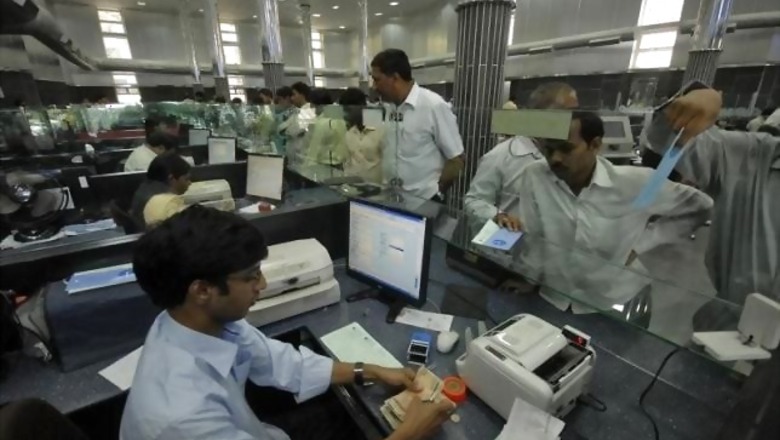
views
In last one year, the Government of India and institutions like RBI have done a fantastic job in controlling inflation and ensuring positive real rates. This, coupled with a slowdown in realty, should lead to higher financial savings. The next step is to channelise the household savings into the capital market and building nation and generating employment to limit our dependence on foreign capital.
Tax incentives usually incline people towards such goals. But there are limits to the quantum of tax incentives that can be provided. However, we can make them more impelling even with a minimal hike in the quantum. Currently, Section 80C of the Income Tax Act is jumbled up. It provides deductions on expense items like Tuition Fees. This should be excluded. Section 80C should be reconstructed into a tool for inculcating Financial Planning, Saving and Investing behaviour among the masses. It should be a natural extension of the Jan Dhan Yojana, namely a “Jan Vittiya Yojana”. As a first step towards that, eligible investments under Section 80C can be segregated into following groups with the ceiling of Rs. 1.5 lakhs raised to Rs. 2.5 lakhs and equally divided among each.
1. Protection – Life Insurance Plans
2. Regular Income Assets – PF, Pension Plans and Small Savings Schemes
3. Growth Assets – Mutual Fund ELSS, ULIPs, NPS
Tax-Free Bonds should continue due to their huge popularity with investors. Additionally, issuance of Infrastructure bonds should be restarted to channelize savings into infrastructure.
The KYC process needs to be simplified. In an era of digitisation, it is not fair to incur a cost of approximately Rs.150 on paperwork, just to get a KYC done. There can be single digital KYC that can be extended to all financial instruments.
( Author Anil Chopra is Group CEO & Director, Bajaj Capital. The views in the article are personal, not that of CNN-IBN/IBNLive)
















Comments
0 comment